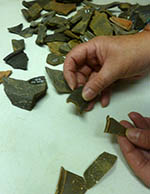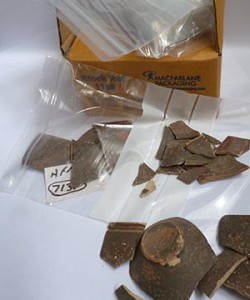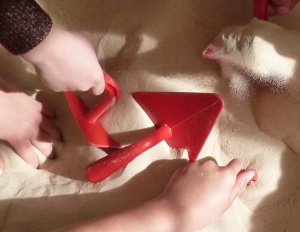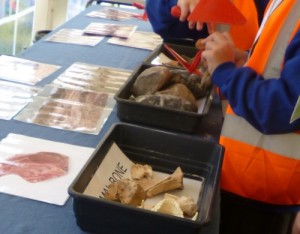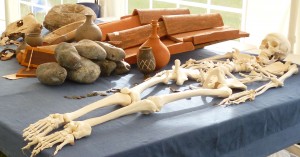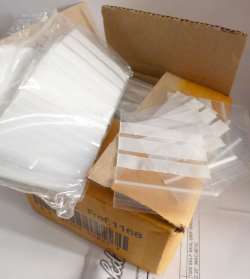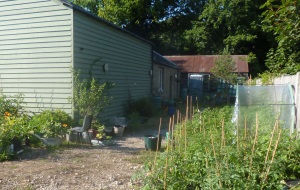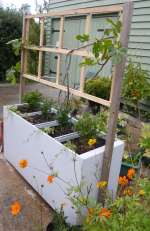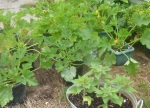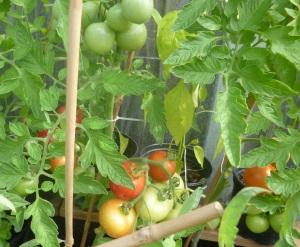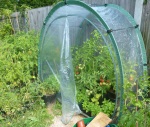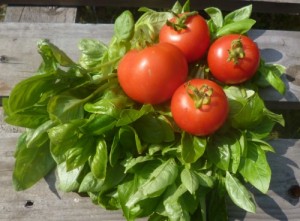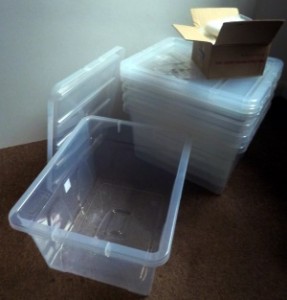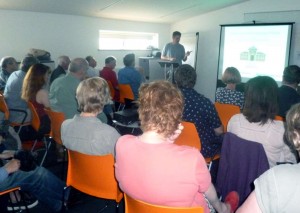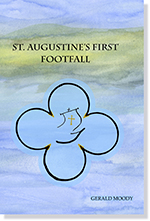Our three days of Roman themed digging came to an end on the 19th of September with 16 groups of local school children coming through the entrance of our Dig and Discover tent.
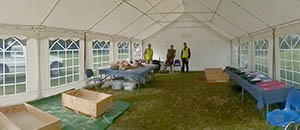
Over 240 children took part in the activities on the final day, being introduced to the finds that archaeologists use to discover new information on how and where the Romans lived in Thanet.
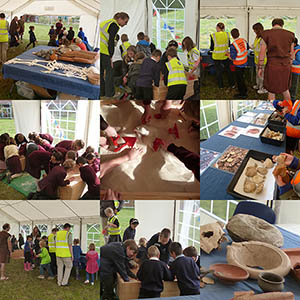
The session began with a display of real Roman artefacts found in Thanet and then a hands on dig to get a feel for what it is like to find ancient objects buried in the ground and how archaeologists piece together the finds and their ideas about the Romans into the story of Roman Britain.
The teams of diggers even got a brief lesson in Latin, learning the words used by the Romans for their roof tiles and special pottery vessels.
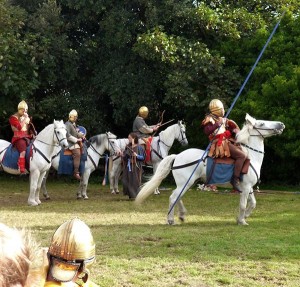
It wasn’t the end of the Roman activities for the week though, and as we packed up our finds, Roman reenactment group Commitatus were bringing their tents, equipment and even horses on to the field to begin two days of displays and activities, ending with the Eagle festival on Saturday 21st of September when Commitatus gave two displays to the public of Roman gladiatorial combat and horesemanship.
The children of Bradstow School gave their performance of the Eagle of the Ninth and the day ended with multi-media performance of the Eagle on Broadstairs beach and a spectacular fireworks display to end the festival.
